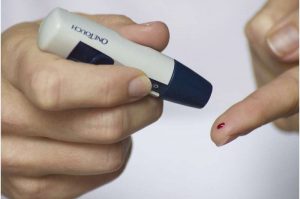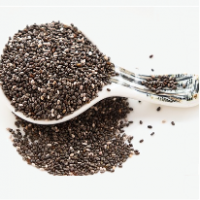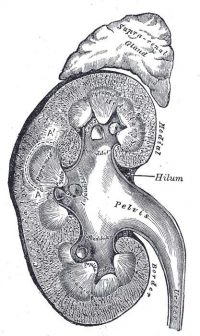
Good news from our friends across the pond! Conversion to type 2 diabetes declining
When people know they have pre-diabetes, they tend to make lifestyle changes before they get to actual diabetes. Not too surprising really, every disease out there benefits from early detection.
But sadly, for the most part, we’re ignoring the earliest detection.
Stage 1: Insulin resistance develops as your body makes more insulin to control bG, during this stage, you may even overproduce insulin and have reactive hypoglycemia.
Stage 2: As the body ramps up insulin production, the liver gradually reduces it’s response, producing insulin resistance. The first stage of this is what we call metabolic syndrome, which is defined by at least 3 of the following symptoms: abdominal obesity, hypertension, elevated blood glucose, elevated triglycerides and low HDL.
Stage 3: As insulin resistance worsens, we develop pre-diabetes, diagnosed by an elevated HgA1c and/or elevated results on an oGTT, when you’re clearly on the way to a frank T2 diagnosis, but haven’t *quite* got there yet.
Stage 3 is where the lifestyle interventions discussed in this article are applied successfully, preventing the T2 diagnosis.
They’ve proven that they can intervene in stage 3; I’d like to see us start to intervene in stage 1, before metabolic syndrome develops.
If we tested fasting insulin, we could identify those eating beyond their carbohydrate tolerance before the damage is done.
Have you ever had a fasting insulin test? Combined with the blood glucose on the ordinary CMP panel, it can allow the HOMA-IR to be calculated and determine your risk, so you can adjust your lifestyle before you a disease state ever develops.
(Actually, I think fasting insulin should be on the CMP anyway, otherwise how do we call it a *complete* metabolic panel?)
Look for the HOMA-IR video on my YouTube channel to understand how to interpret your results.



